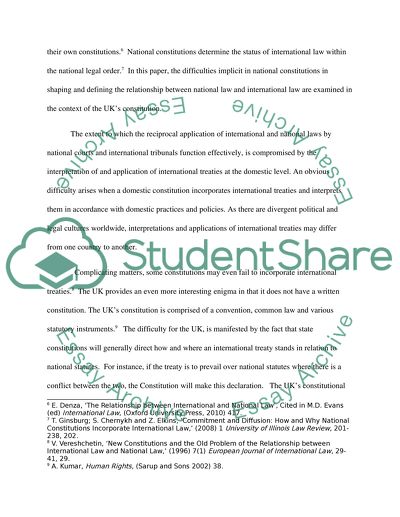Cite this document
(“Public international law Essay Example | Topics and Well Written Essays - 2000 words - 1”, n.d.)
Retrieved from https://studentshare.org/environmental-studies/1404894-public-international-law
Retrieved from https://studentshare.org/environmental-studies/1404894-public-international-law
(Public International Law Essay Example | Topics and Well Written Essays - 2000 Words - 1)
https://studentshare.org/environmental-studies/1404894-public-international-law.
https://studentshare.org/environmental-studies/1404894-public-international-law.
“Public International Law Essay Example | Topics and Well Written Essays - 2000 Words - 1”, n.d. https://studentshare.org/environmental-studies/1404894-public-international-law.


